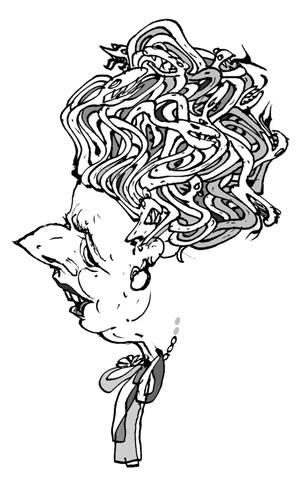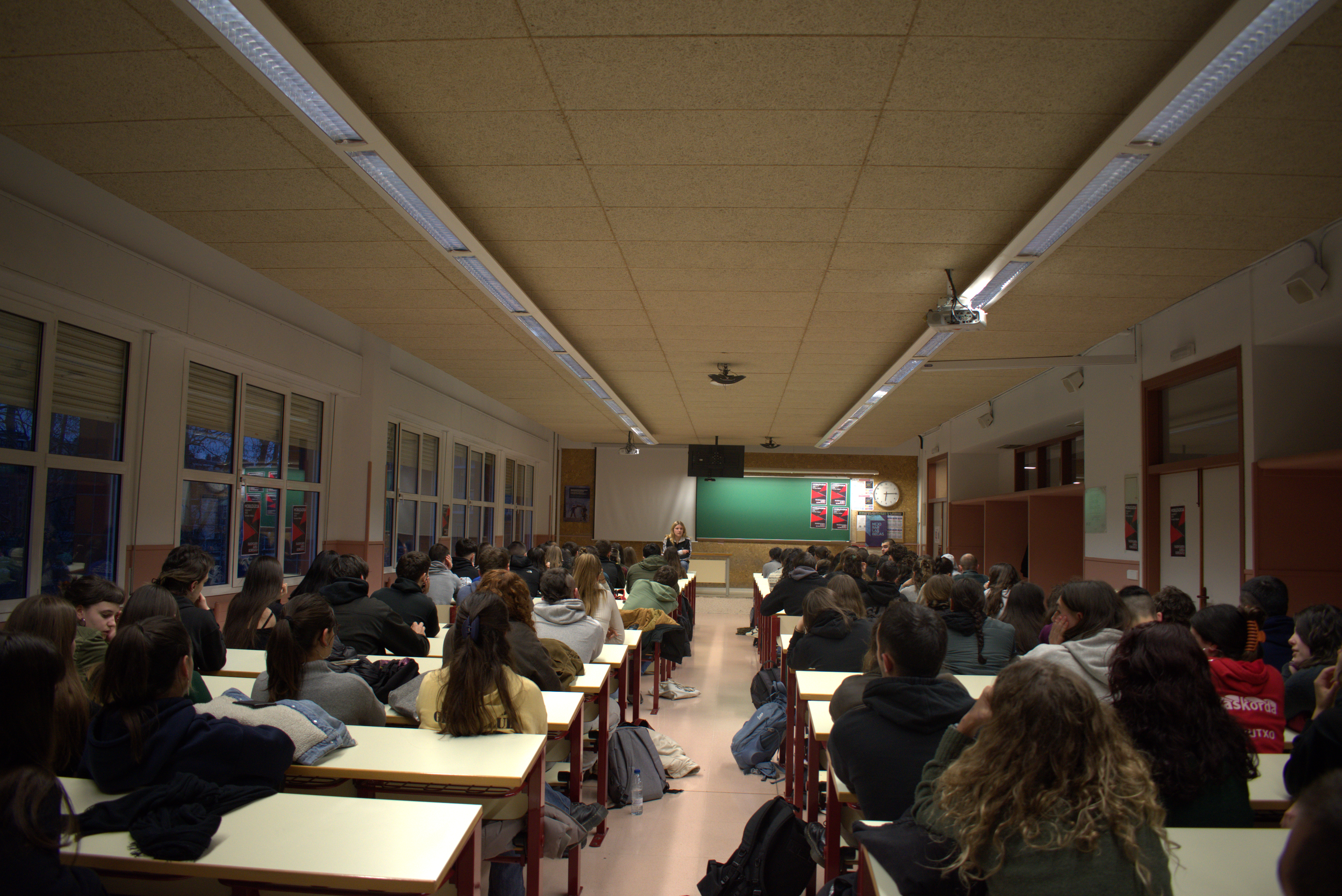The monster

The offender waited for everyone to leave to get out of their hiding place and commit their crime. He was a son of good family, but his name has been calmed down by dishonor. Apparently, fascinated by her beauty, she watched her for whole days in silence, without arousing suspicions from the guards. Then, once it has happened, it acquires meaning that certain behaviors of the young man, such as the name of the victim, are written on the trees, on the walls with a distorted stubbornness. Well, in the evening, all the others, after closing the doors, while we slept, threw themselves on it and chased it, without the stone firmness of the beautiful, as you see, making it go backwards in nothing. Now he has been marked forever.”
In the new film about Margaret Tatcher, in addition to the gift for mimicry by Meryl Streep, I have a scene left in my memory. To the Prime Minister, the doctor asks “how you feel”; despite the traces of dementia and the “kindness” that has been there until then, he is charged with saying that this is the evil of today, that everyone, that politicians deal with people’s feelings, no one of thoughts or ideas. The word ideology has been circumvented. The insensitive policy of the Iron Lady, in the light of the massacres in the history of the twentieth century, can provoke the temptation to align itself with ideas.
The dream of reason produces monsters. It is an engraving of Goya, whose title has risen to the level of the proverb. Most of the time, it is often misspoken of, against the excesses of reason. Probably because of the polysemy of the dream word in Spanish. The paraphrase of Goya’s image makes it clear that there is talk of sleep, not sleep; the separation of reason produces atrocities, and not the dreaming deepening of ideas. Misunderstandings and misinterpretations can say a lot for a while.
The thinker of August Rodin and the bourgeois of Calais, in certified copies, have been transferred these days to Pamplona/Iruña, after his passage through the Plaza del Castillo. They've created a little bit of curiosity. In the first few days, at least, people concentrate, above all, on the famous Thinker. It is a rather unknown fact that its original name was Poet, that is, at least in the current imaginary, of an inspired being that becomes more intuitive than precipitated. The first contact with sculpture, the first eye contact, has brought me another surprise.
I've climbed to the Castle Square, down the stairs of Xabier Street, and in front of me is the bronze giant, completely behind my back. He had his back wide and, although he was sitting, because of his attitude forward, he was a good ass. Although this work by Rodin is almost a pop icon, copied, honored and parodied thousands of times, I must confess that I did not know the back. Surprised, I approached it slowly. Meanwhile, some children have advanced me running, screaming, “Let’s see the monster.”
The sculpture of Venus de Praxítels was in a temple of the city of Cnido. Luciano de Samos says that the beauty of the goddess's back can also be seen by anyone who wants to see the image as a whole and ask for it to access through a back door. They do so and, after a long admiration, they discover a stain on a buttock. However, they have praised the prudence of Praxítle, since even in the most perfect perfection, there could be errors by acceptance or by concealing the defect of the marble in the less visible part. The temple watchman told them the true story.























